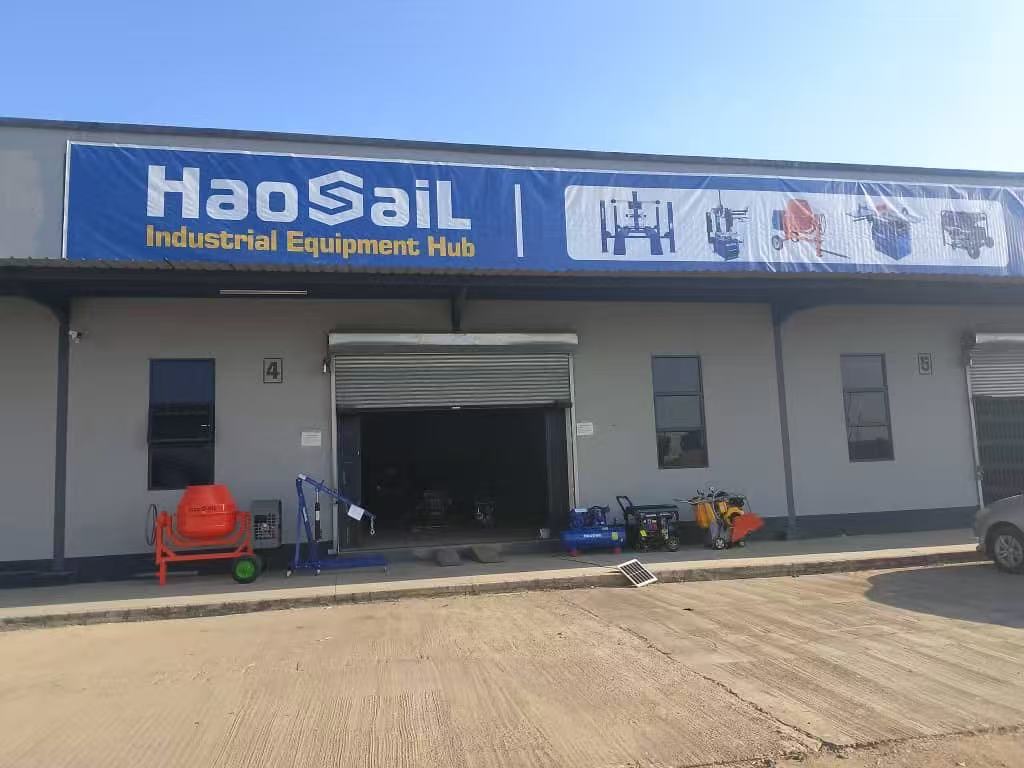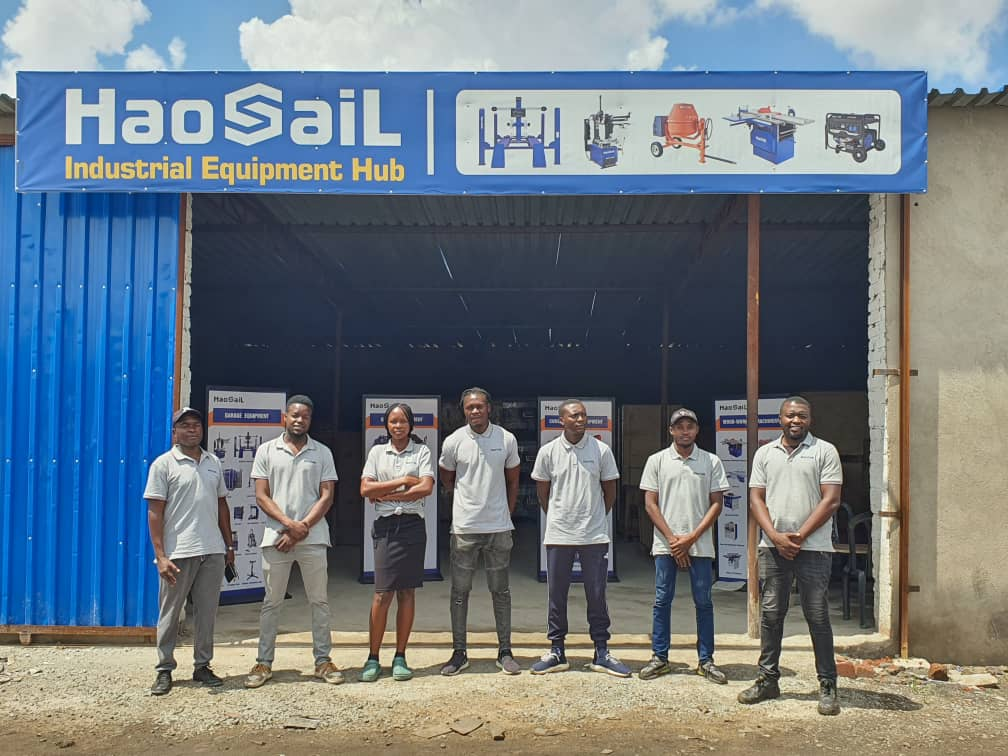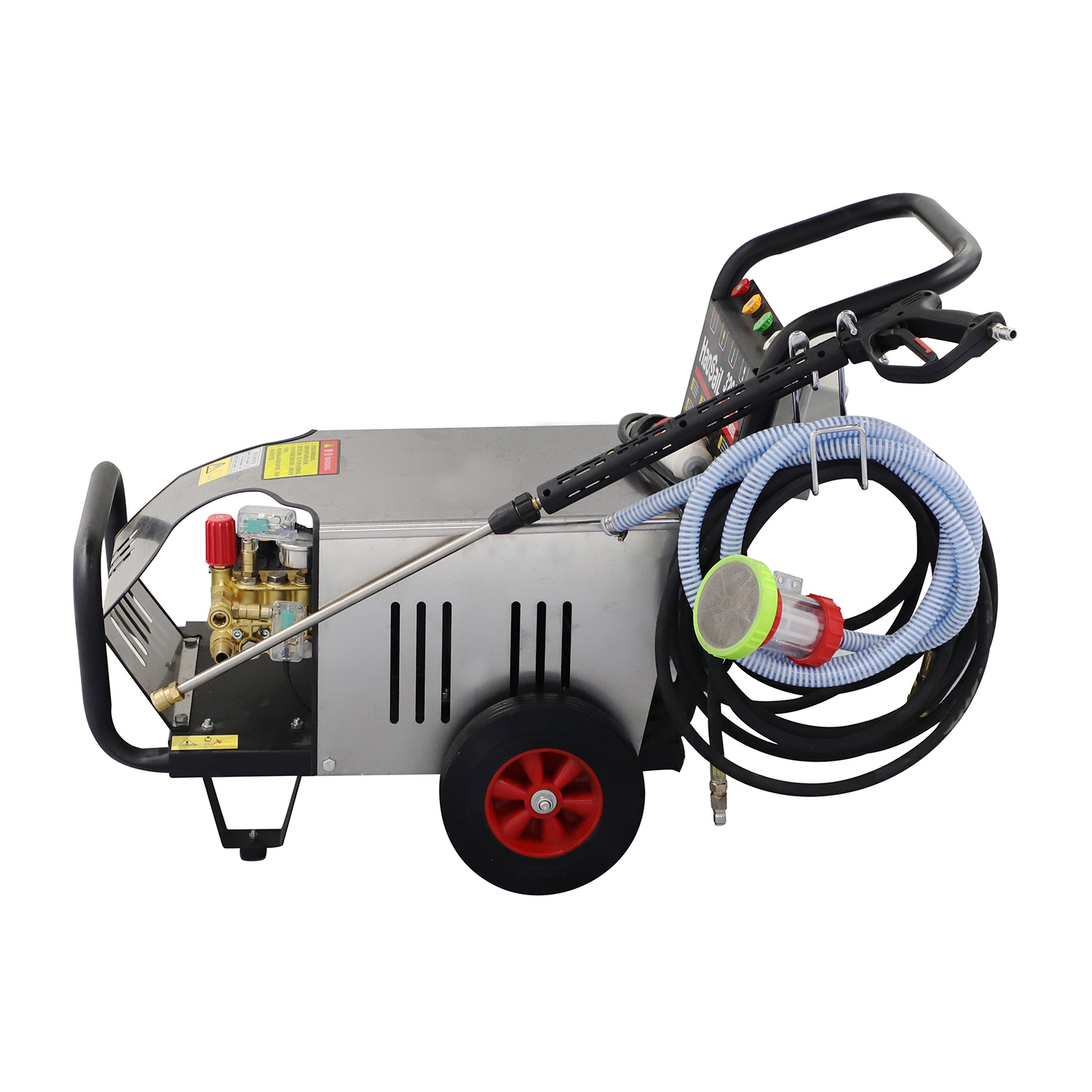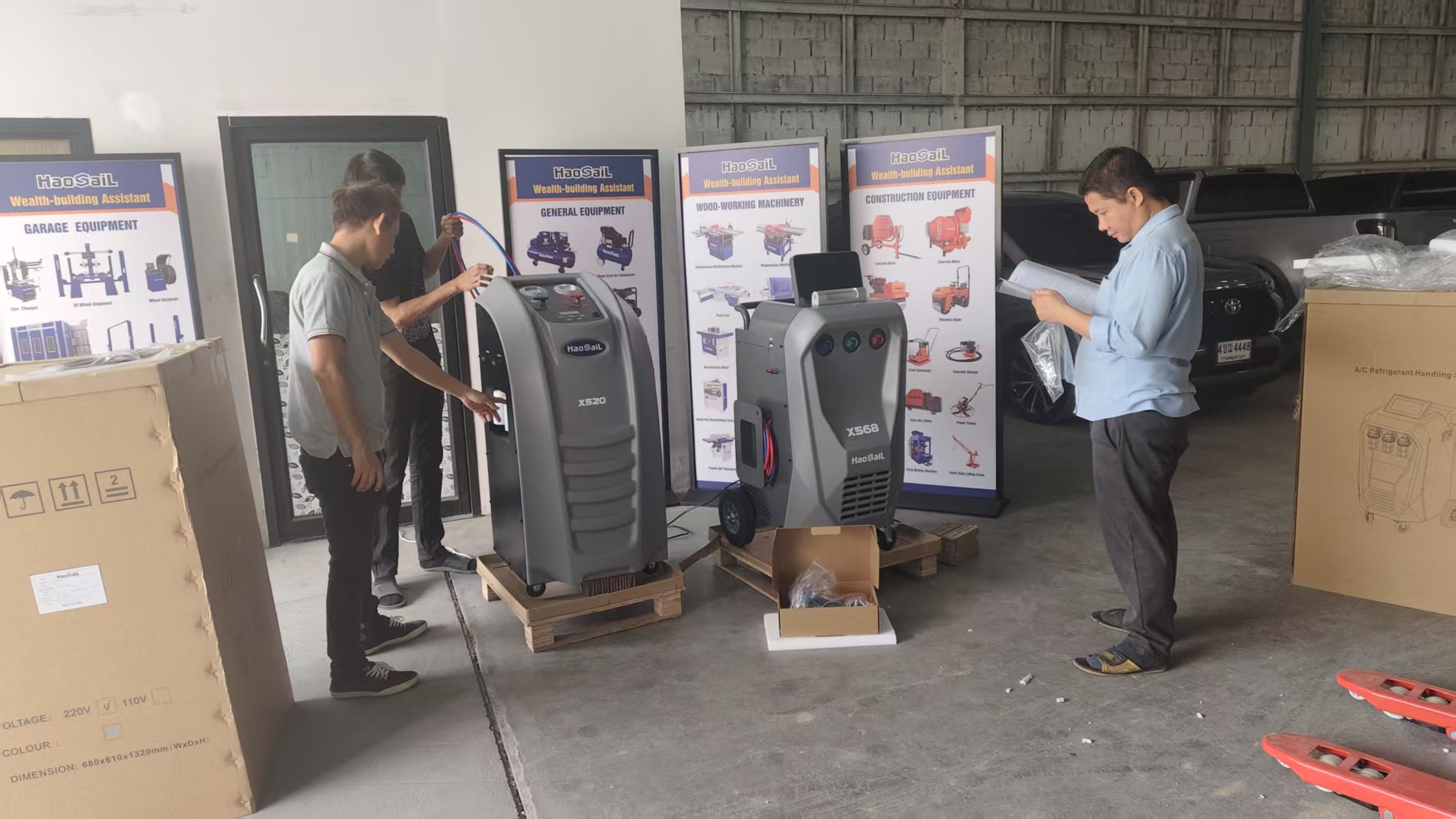
Aug 27, 2025

Aug 12, 2025

Jun 04, 2025

May 30, 2025
B4, Qingdao High-Tech Zone, No. 17 Songyuan Road, Qingdao.
+86 13864822549

Wheel alignment is essential for driver safety and comfort. But do you need a four-wheel alignment or a two-wheel alignment? This article will tell you the difference and their respective features.
Wheel alignment does not require direct manipulation of the car's wheels.Professional technicians will operate by adjusting the vehicle's steering and suspension systems. This is completely different from wheel balancing.Therefore, we must also pay attention to the operating precautions during the operation.
The suspension connects the car to the wheels themselves, and the angle of the suspension affects how the tires make contact with the road.
Professional technicians will make sure your tires are in the best position by adjusting your steering and suspension systems. To achieve the proper angles, an alignment usually includes toe, camber, and caster adjustments.
Unlike a two-wheel alignment, a four-wheel alignment will include a front-end alignment and rear suspension adjustments. This simply means that a professional technician will adjust any camber, toe, and caster (if applicable) on both the rear and front ends of your vehicle.
Wheel alignment has many benefits, but incorrect operation can lead to uneven or premature tire wear. Wheel alignment ensures that your tires can perform at their best and wear evenly, which can extend the life of the tires and improve your car's performance.Not only keeps your tires in optimal performance, it can also solve some common automotive problems such as off-center steering, pulling, or vibration. The correct wheel angle can improve your vehicle's handling and overall driving experience.You likely need a tire alignment ASAP if you notice one or more of the following:
l · Your tire tread is wearing unevenly
l · Your car is pulling or "drifting" left or right
l · The steering wheel is not centered when driving straight
l · The steering wheel vibrates when accelerating
If you frequently drive on rough terrain, such as streets with potholes, you'll want to have your alignment checked. The same goes if the car has been in a collision. It also needs to be checked after a suspension modification and whenever you replace suspension or steering components with aftermarket parts.
So, you suspect your car may need an alignment. Whichone your vehicle needs depends on your steering and suspension system, whether you've been in a collision or just your driving habits.
For example, common sedans, small SUVs and trucks on the road need four-wheel alignment, as do models equipped with all-wheel drive. If you want to get a safer driving experience and the best performance, you should pay attention to it.
While most modern cars do require a four-wheel alignment, there are a few exceptions.It is not possible to adjust the rear suspension on vehicles with a solid fixed rear axle, typically large trucks, SUVs, classic cars, or cars built by specific manufacturers. In these cases, the vehicle's thrust angle will be checked and adjusted (if necessary) to ensure all four wheels are pointing straight ahead.
A front-end alignment is different from a four-wheel alignment. A front-end alignment - often called a two-wheel alignment - adjusts only the front steering and suspension of the vehicle. During the inspection, the operator will manipulate and adjust the angles of the suspension components to get the wheels in better alignment. The operator may also adjust certain components within the steering system.Throughout the maneuver, the toe, camber, and caster angles are slowly tilted until they are at exactly the right angles.
A rear wheel alignment is similar to a front wheel alignment, but the specifics are different. At the rear of the vehicle, camber, toe and caster adjustments are made to ensure the rear tires have the right contact with the road.